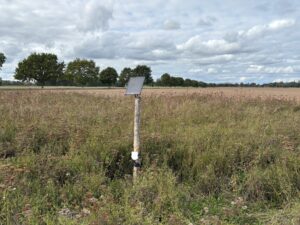Despite centuries of agreement on the health risks from the metal, few researchers have analysed its effects on babies.
Now a new NBER Working Paper study at Carnegie Mellon University, Boston College and Hunan University has established a link between lead in the air and infant deaths within the first month and first year of birth. It is now believed that in utero and environmental exposure can contribute to fatalities.
The research relied on data from the US Environmental Protection Agency’s [EPA] Air Quality System, wind data from the National Centers for Environmental Information, and infant health information from the National Vital Statistics system of the National Center for Health Statistics. Among the data were 127 U.S. counties with plants and lead emissions within two miles of EPA lead monitors and 10 miles of a wind monitor.
‘Back-of-the-envelope calculations indicate that declines in fugitive lead emissions prevented 34 to 59 infant deaths per year, generating benefits of $380 million to $670 million annually,’ says Edson Severnini, associate professor of economics at Boston College, who coauthored the study.
‘In the United States, industrial firms and the aviation industry still emit hundreds of thousands of pounds of lead into the air,’ added Xiao Wang, assistant professor of economics and trade at Hunan University, who coauthored the study. ‘Our new estimates can inform investments in reducing air lead emissions and soil cleanups.’
In the UK, lead pollution is primarily caused by industrial processes following bans on leaded petrol and paint. However, poisoning is considered a ‘hidden epidemic’ by healthcare officials, and is believed to cost the economy around 4.4% of GDP. Water pipes laid before 1976, old, peeling and damaged lead paint, and environmental leakage from run off and hunting ammunition are all significant contributors.
Image: Piron Guillaume
More on waste and recycling:
Societal lead poisoning, rural grouse hunting and the fall of Rome
Alliance for Fibre-Based Packaging launches ahead of UK recycling overhaul
















